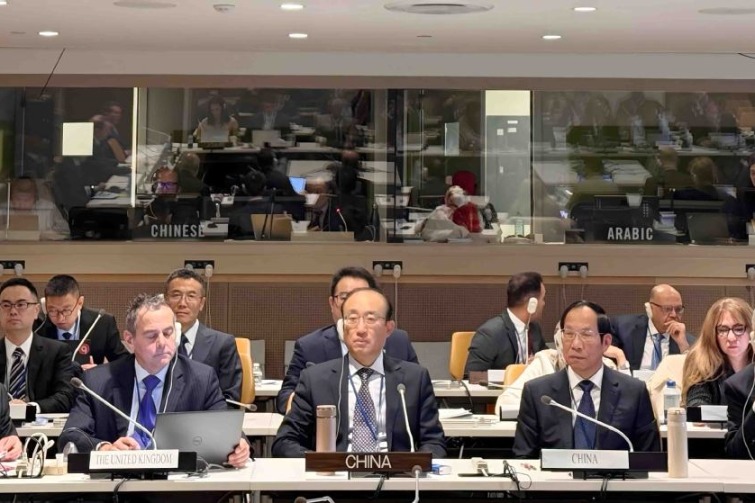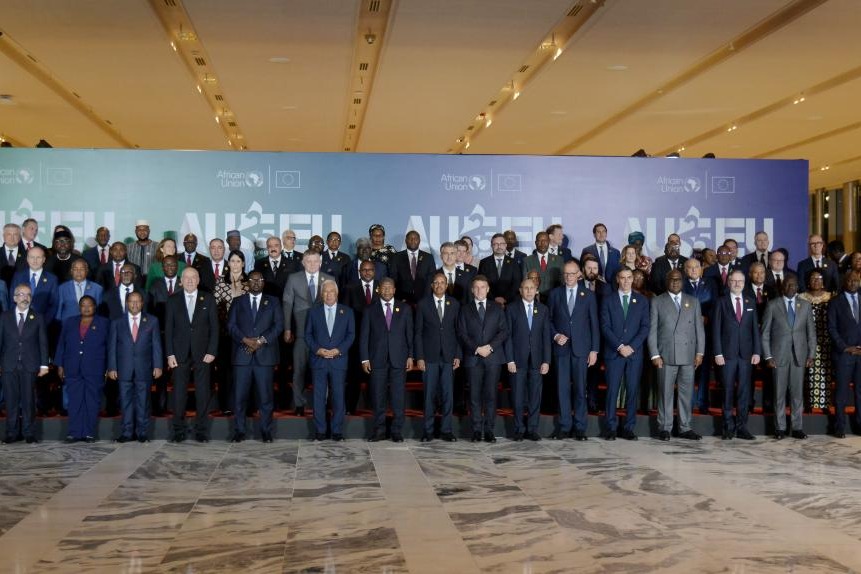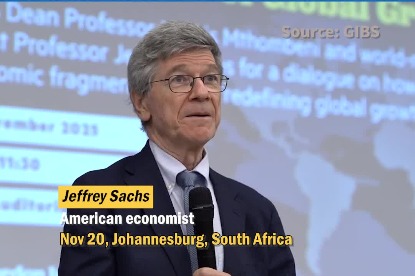Microgrids emerging as cost-effective solution to rural Africa's power crisis

Energy poverty remains one of rural Africa's most persistent development challenges, but distributed generation and microgrids are emerging as transformative solutions.
According to NJ Ayuk, executive chairman of the African Energy Chamber, these systems offer scalable, cost-effective, and increasingly low-carbon power that can reliably serve schools, health centers, and households.
Distributed generation — small-scale power systems located close to where electricity is consumed — typically relies on solar, wind or hybrid mini-plants to deliver reliable, low-cost energy. Complementing these are microgrids: localized networks capable of generating, storing, and distributing power independently of the national grid.
"Africa cannot afford to wait for traditional grid expansion to catch up. The need for power in rural communities is immediate — but so are the opportunities. Through distributed generation systems and microgrids, entire villages are gaining access to electricity for the first time," Ayuk said in a statement released on Wednesday.
He noted that in Ghana, decentralized mini-grids have already proven to be the lowest-cost option for reaching remote communities.
"They are lighting homes, powering small enterprises, and enabling essential services. If scaled strategically, such localized systems could drive inclusive, bottom-up growth across rural Africa and finally deliver the progress that centralized grids have struggled to achieve," he added.
Ayuk emphasized, however, that distributed generation and microgrids are not sole solution to Africa's energy poverty, which he described as a complex challenge requiring multifaceted approaches — including gas-to-power programs built on the continent's abundant, cleaner natural gas resources.
"But distributed generation and microgrids hold extraordinary potential, especially in remote areas where extending traditional grids remains unrealistic," he said.
Decentralized systems, such as solar home units and mini-grids, Ayuk added, deliver energy precisely where it's needed: directly to households, schools, and businesses that national utilities cannot reach efficiently.
"Off-grid solar systems already provide affordable, clean power to millions," he said. "In fact, they account for roughly one-quarter of all new electricity connections in sub-Saharan Africa since 2020. They are lighting classrooms, powering small shops, and supporting daily life in ways that once seemed impossible."
Ayuk noted that expanding traditional power grids into sparsely populated areas remain prohibitively expensive.
Transmission lines can cost between $19,000 and $22,000 per kilometer, with an additional $9,000 per kilometer for distribution infrastructure.
In areas where homes are scattered and demand is low, utilities must charge cost-reflective tariffs to recover these expenses — prices that many rural households cannot afford.
Microgrids, by contrast, offer a faster, more affordable and more sustainable alternative. They require lower upfront capital, eliminate the need for long-distance transmission infrastructure, and can be deployed within months rather than years. With renewable technology costs falling by 25-30 percent since 2014, these systems are more financially viable than ever before.
New financing models, including pay-as-you-go systems and blended public–private partnerships are also helping accelerate microgrid expansion.
"For distributed generation systems and microgrids to reach their full potential, Africa must take deliberate steps to strengthen investment, innovation, and local capacity," Ayuk said.































